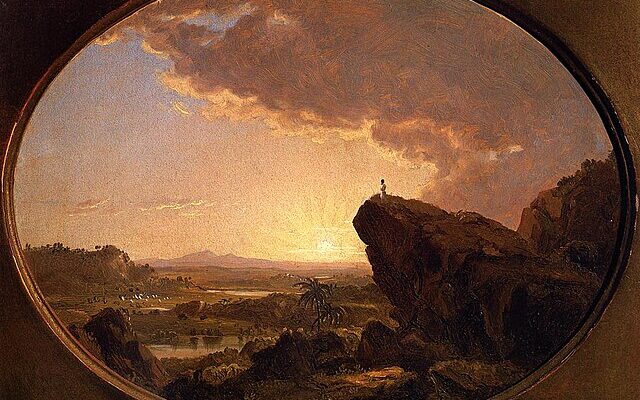
The Book of Exodus states that Moses, chosen by God, led the Israelites out of Egyptian bondage. Through divine power, he performed miracles like parting the Red Sea, allowing the Israelites to escape Pharaoh’s pursuing army. They journeyed through the wilderness, guided by a pillar of cloud by day and fire by night, facing trials that tested their faith. At Mount Sinai, Moses received the Ten Commandments, establishing a covenant between God and His people.
Despite hardships, including food and water scarcity and rebellions, Moses steadfastly guided the Israelites towards Canaan, the Promised Land.
Zanoah’s excavation has revealed many items highlighting the site’s historical density & continuous habitation. Tangible evidence of the arrival of the Israelites in Canaan, the Promised Land, around 1406 -1407 BCE. https://t.co/DK6bip4EbR pic.twitter.com/l6lvOtuQHV
— Rebecca Japko (@RebeccaJapko) July 14, 2024
Now, researchers in Israel claim to have found evidence that the story is true, writes The Daily Mail.
The Israeli Antiquities Authority recently shared their findings from Zanoah, which is mentioned in the Old Testament, revealing stone walls, pottery and other artifacts that date back more than 3,200 years.
The team also uncovered a broken jar handle that featured the name of a king described in the Bible, providing more evidence to the Biblical story of Moses.
Researchers excavated the area in 2019 but released their findings in March.
The team uncovered walls fashioned with rows of large, white rocks, which they believed were retaining walls for farming terraces used to create level areas for planting and to protect steeper soil from erosion.
Preserved pottery was also pulled from the ground, with one featuring a stamp on the handle that read ‘of the King,’ which was to honor King Hezekiah’s reign in Judah in 701 BC.
These findings have sparked renewed interest and debate among scholars, archaeologists, and theologians regarding the historical accuracy of the Bible. The artifacts, particularly the jar handle with the king’s name, offer tangible connections to the era described in the biblical narrative. Such discoveries provide a fascinating glimpse into the ancient world and lend credence to the longstanding stories that have shaped religious and cultural histories.
The implications of this discovery extend beyond academic circles, influencing the perspectives of people of faith and those interested in the intersection of history and religion. For believers, these findings may reinforce their faith in the historical foundations of their religious texts. For historians and archaeologists, the evidence presents an exciting opportunity to explore and understand the complexities of ancient civilizations.
As research continues, the artifacts from Zanoah could provide critical insights into the life and times of the Israelites, offering a richer, more nuanced understanding of their journey and the enduring legacy of Moses.
[Read More: The End Of Traffic Jams]









